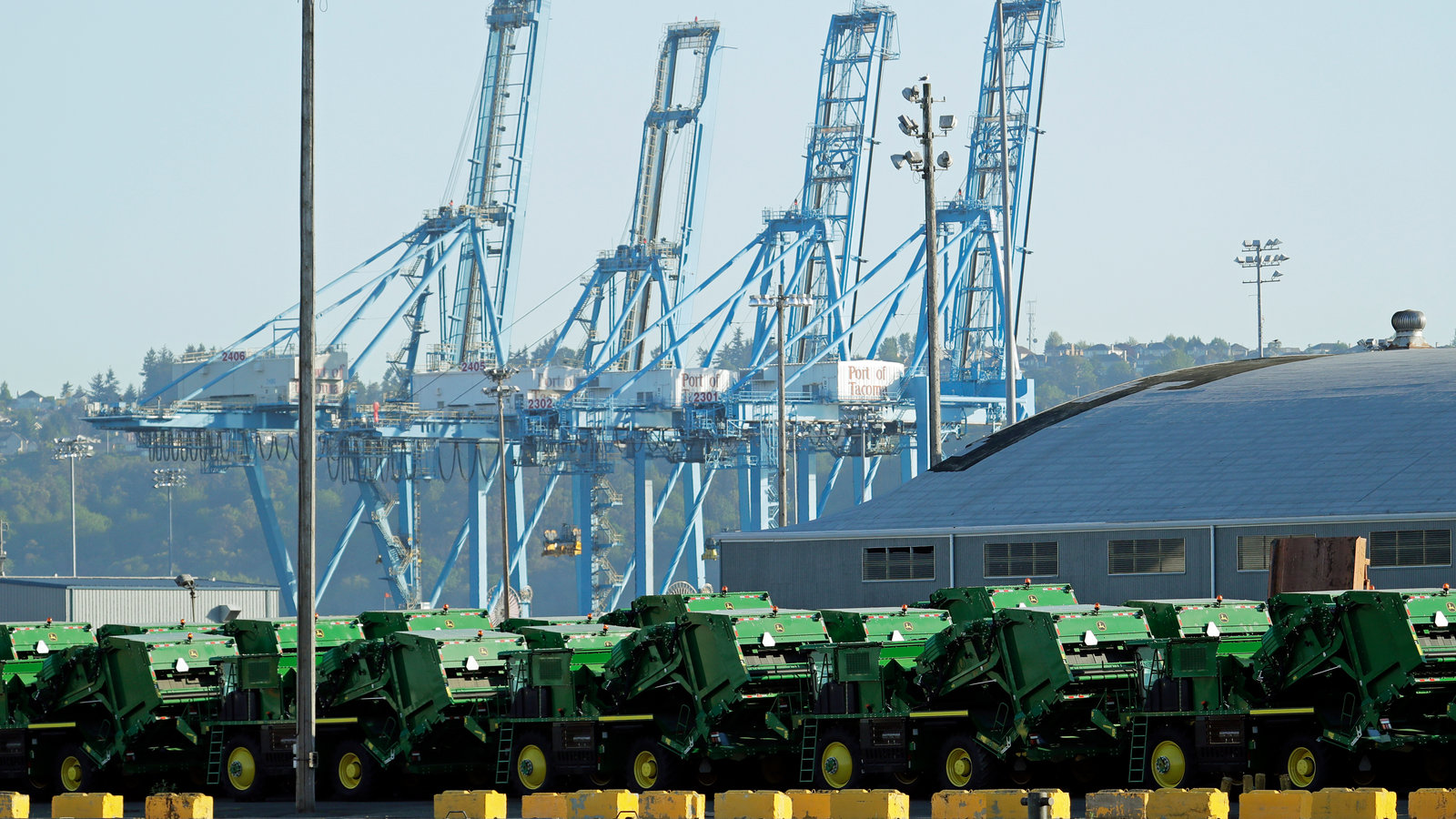The Impact Of US Tariffs On Shein's London Stock Market Debut

Table of Contents
Shein's Business Model and Vulnerability to Tariffs
Shein's ultra-fast fashion business model hinges on incredibly low production costs and high-volume sales. This model relies heavily on efficient supply chains, primarily sourcing its products from China. This dependence on a single major manufacturing hub creates a significant vulnerability to US tariffs.
- A significant portion of Shein’s product categories are directly impacted by US tariffs. These include:
- Clothing and apparel
- Footwear
- Accessories (bags, jewelry)
- Textiles
The imposition of these tariffs translates to a direct increase in Shein's production costs. This increase can significantly affect its pricing strategy, potentially forcing price hikes that could dampen consumer demand and reduce profitability. The impact of US Tariffs on Shein could severely disrupt its finely-tuned business model. Increased costs could lead to decreased profit margins, making Shein less attractive to investors.
Impact on Investor Sentiment and IPO Valuation
The uncertainty surrounding the impact of US tariffs on Shein's operations is likely to negatively affect investor sentiment. Investors are inherently risk-averse; the prospect of significant and sustained tariff-related cost increases presents a substantial risk. This uncertainty could translate to:
- A lower IPO valuation than initially projected.
- Reduced investor interest and potential under-subscription of the IPO.
- Delays to the IPO timeline as Shein seeks to mitigate risks.
- Lower share prices following the IPO.
Concerns about the long-term sustainability of Shein's business model under continued tariff pressure are also likely to influence investor decisions. Shein’s ability to effectively communicate and mitigate these risks will be crucial in maintaining investor confidence and securing a successful IPO.
Shein's Strategic Responses to Tariff Challenges
To mitigate the impact of US tariffs, Shein could explore several strategic responses. These include:
-
Diversifying sourcing locations: Shifting production to countries like Vietnam, Bangladesh, or other Southeast Asian nations could reduce reliance on China and circumvent some tariffs. This is a complex undertaking requiring significant investment in new infrastructure and supply chain management.
-
Adjusting product lines: Focusing on product categories less affected by tariffs or shifting towards higher-value items with potentially higher profit margins could help offset cost increases.
-
Lobbying efforts: Engaging in political lobbying to influence US trade policy could potentially lead to tariff reductions or exemptions. This requires significant resources and political expertise.
Pros and Cons of Mitigation Strategies:
| Strategy | Pros | Cons |
|---|---|---|
| Diversifying sourcing | Reduced tariff exposure, improved geopolitical stability | Significant upfront investment, potential supply chain complexities |
| Adjusting product lines | Higher profit margins, reduced tariff vulnerability on specific items | Potential loss of market share, requires accurate market analysis and forecasting |
| Lobbying efforts | Potential tariff reductions or exemptions | Requires significant resources, uncertain outcomes |
The effectiveness and feasibility of these strategies, and their impact on the IPO timeline, require careful consideration. A delay in implementing these strategies could significantly affect the Shein London Stock Market Debut.
The Role of Geopolitical Factors
The wider geopolitical context, specifically the ongoing US-China trade tensions, significantly influences the impact of tariffs on Shein. Any escalation of these tensions could amplify the negative effects of tariffs, while improved relations could potentially lead to tariff reductions or modifications. Political instability and trade wars are significant risks that need to be carefully considered in the overall evaluation of Shein's IPO prospects.
Conclusion
The success of Shein's London Stock Market debut is inextricably linked to its ability to effectively navigate the challenges posed by US tariffs. These tariffs pose a significant threat to its profitability and could negatively influence investor sentiment, potentially leading to a lower IPO valuation and reduced investor interest. Shein's strategic responses, including diversification of sourcing and product line adjustments, will be crucial in mitigating these risks. Further analysis is required to fully assess the long-term implications of US Tariffs on Shein and its global expansion. Stay tuned for further updates on the Shein IPO impact and the company’s strategic responses to these ongoing challenges.

Featured Posts
-
 Celtics Vs Heat April 2nd Where To Watch The Game Live
May 06, 2025
Celtics Vs Heat April 2nd Where To Watch The Game Live
May 06, 2025 -
 Four Seasons Netflix New Trailer Featuring Fey Carell And Domingo
May 06, 2025
Four Seasons Netflix New Trailer Featuring Fey Carell And Domingo
May 06, 2025 -
 Spike Lee Supreme And 40 Acres And A Mule An Unlikely Partnership
May 06, 2025
Spike Lee Supreme And 40 Acres And A Mule An Unlikely Partnership
May 06, 2025 -
 Unlocking Sabrina Carpenter Fortnite Skins A Complete Guide
May 06, 2025
Unlocking Sabrina Carpenter Fortnite Skins A Complete Guide
May 06, 2025 -
 Leon Thomas And Halle Baileys Rather Be Alone A Review Of The Song And Music Video
May 06, 2025
Leon Thomas And Halle Baileys Rather Be Alone A Review Of The Song And Music Video
May 06, 2025
